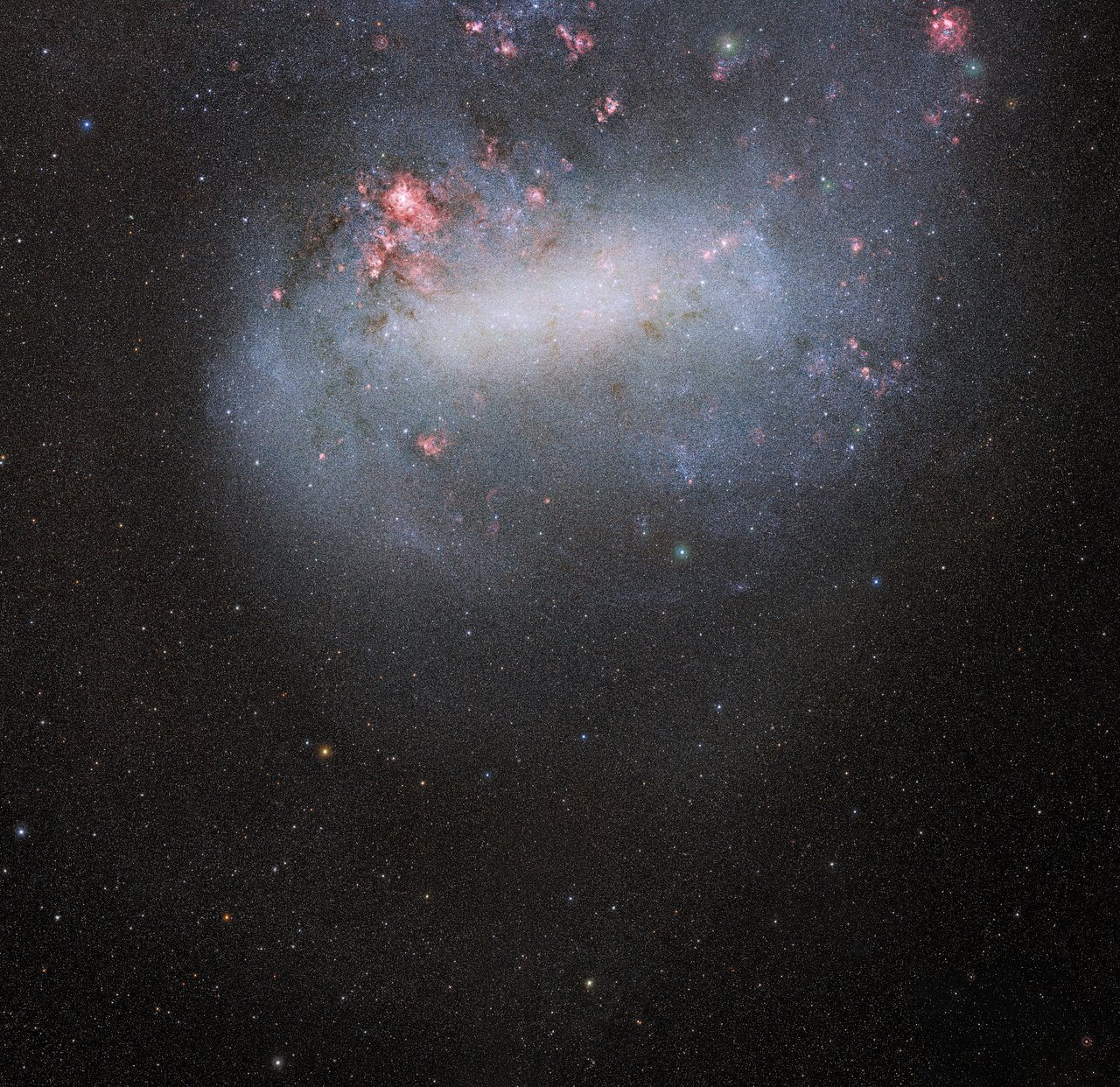3D Morphology of the Magellanic Clouds using red clump stars
I use red clump (RC) stars as precise distance indicators to map the three-dimensional structure of the Magellanic Clouds. These stars provide a powerful way to trace the morphology of both the LMC and SMC, allowing me to identify warps, twists, and substructures in their stellar distributions. Using this approach, we have discovered a global azimuthal peripheral warp of the LMC, revealing large-scale distortions in its outer disk that likely result from past interactions with the Milky Way and the SMC. By constructing detailed distance maps, I can uncover signatures of tidal interactions, such as the extended arms and bridges that connect the Clouds to one another and to the Milky Way. This work not only provides a new view of the Magellanic Stellar geometry but also lays the foundation for all subsequent studies that rely on accurate distance measurements, from kinematics and chemical enrichment to star formation history analyses.





